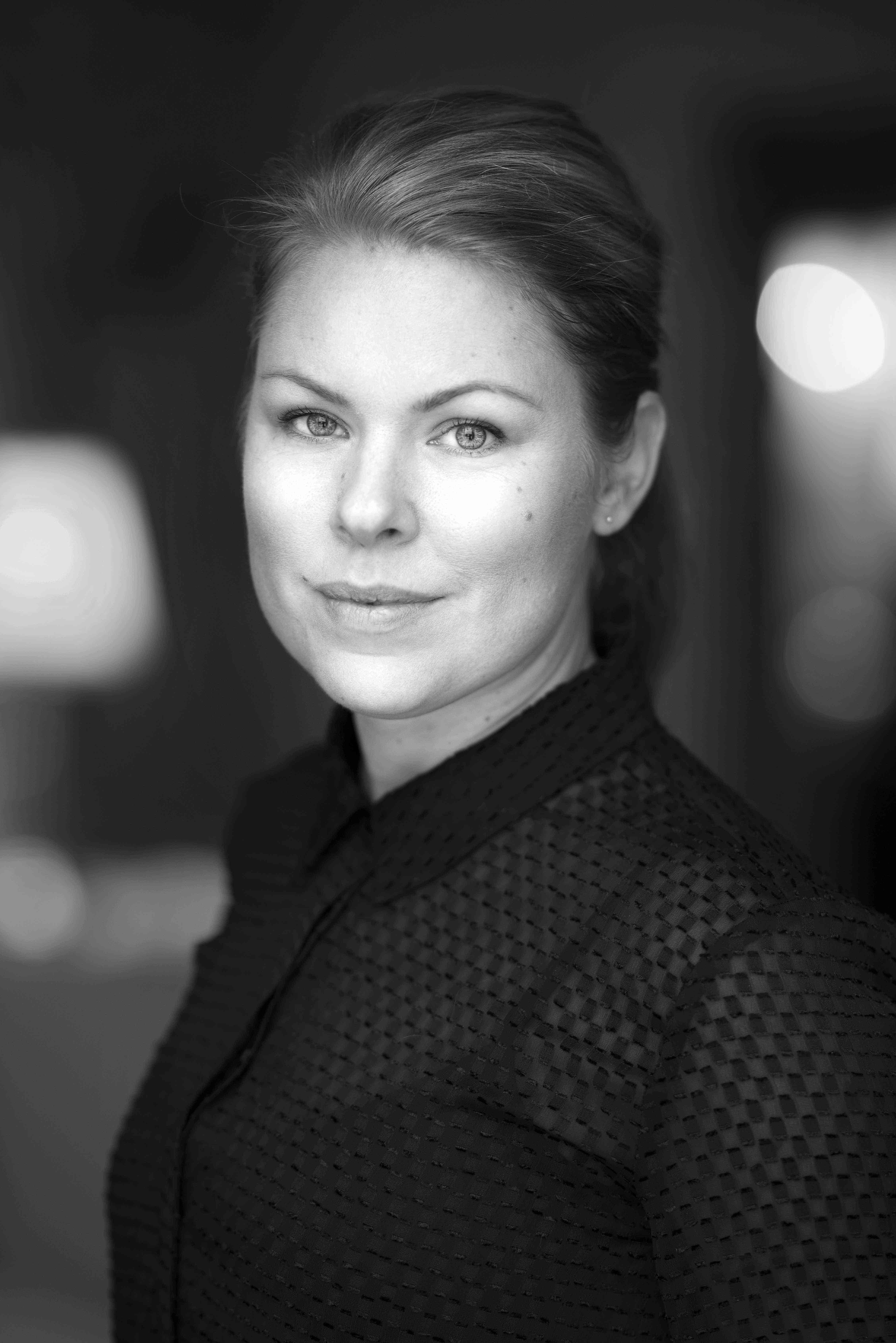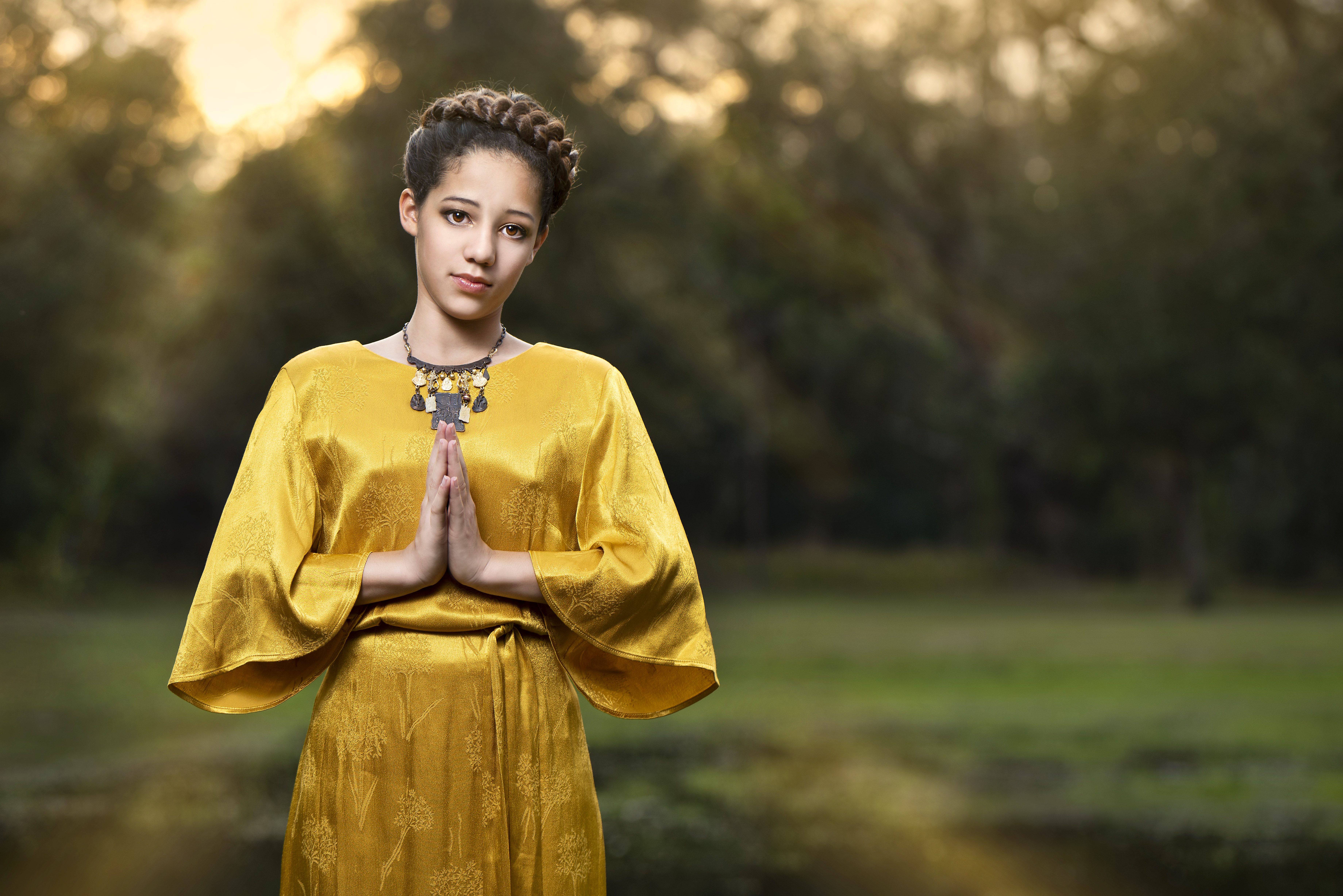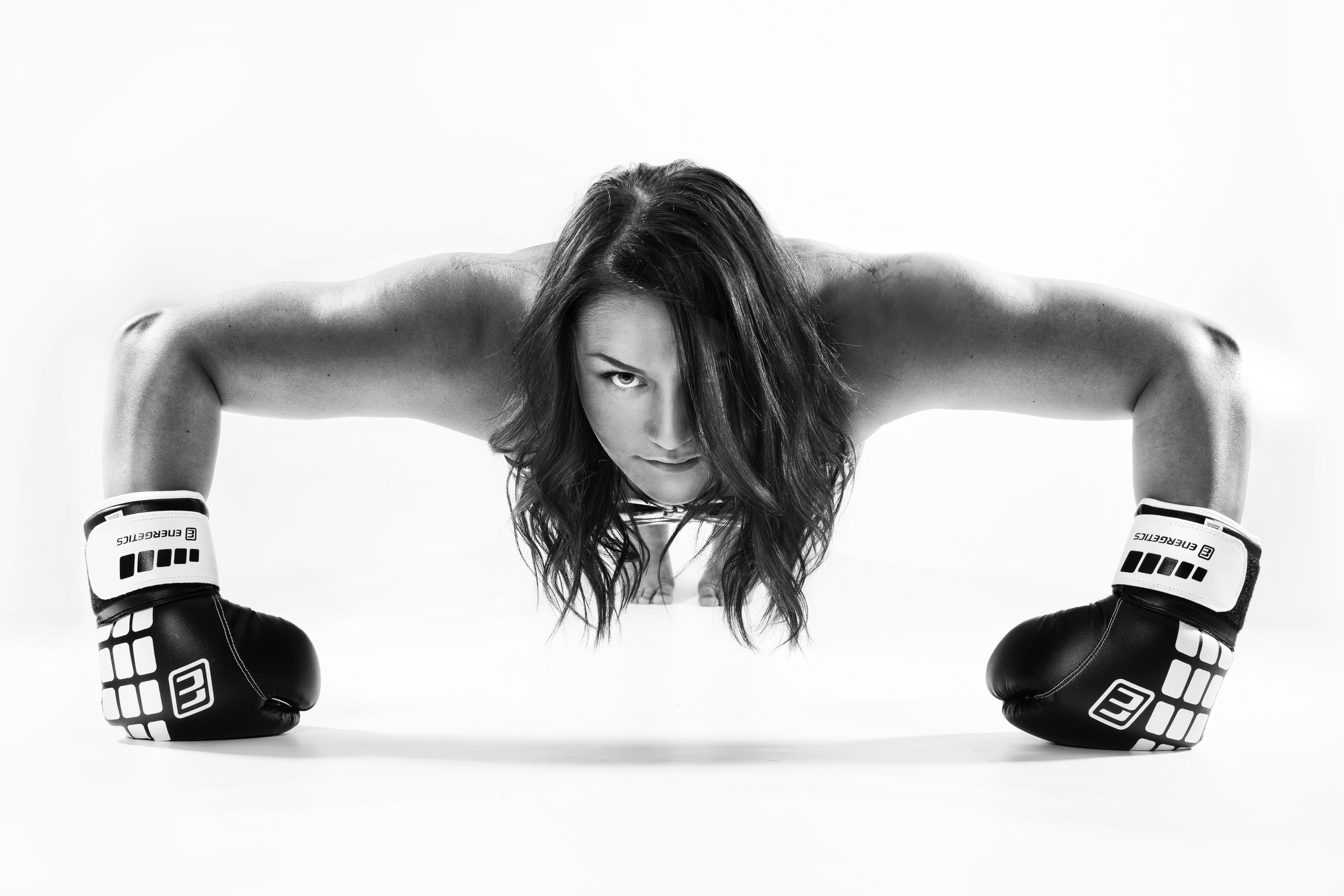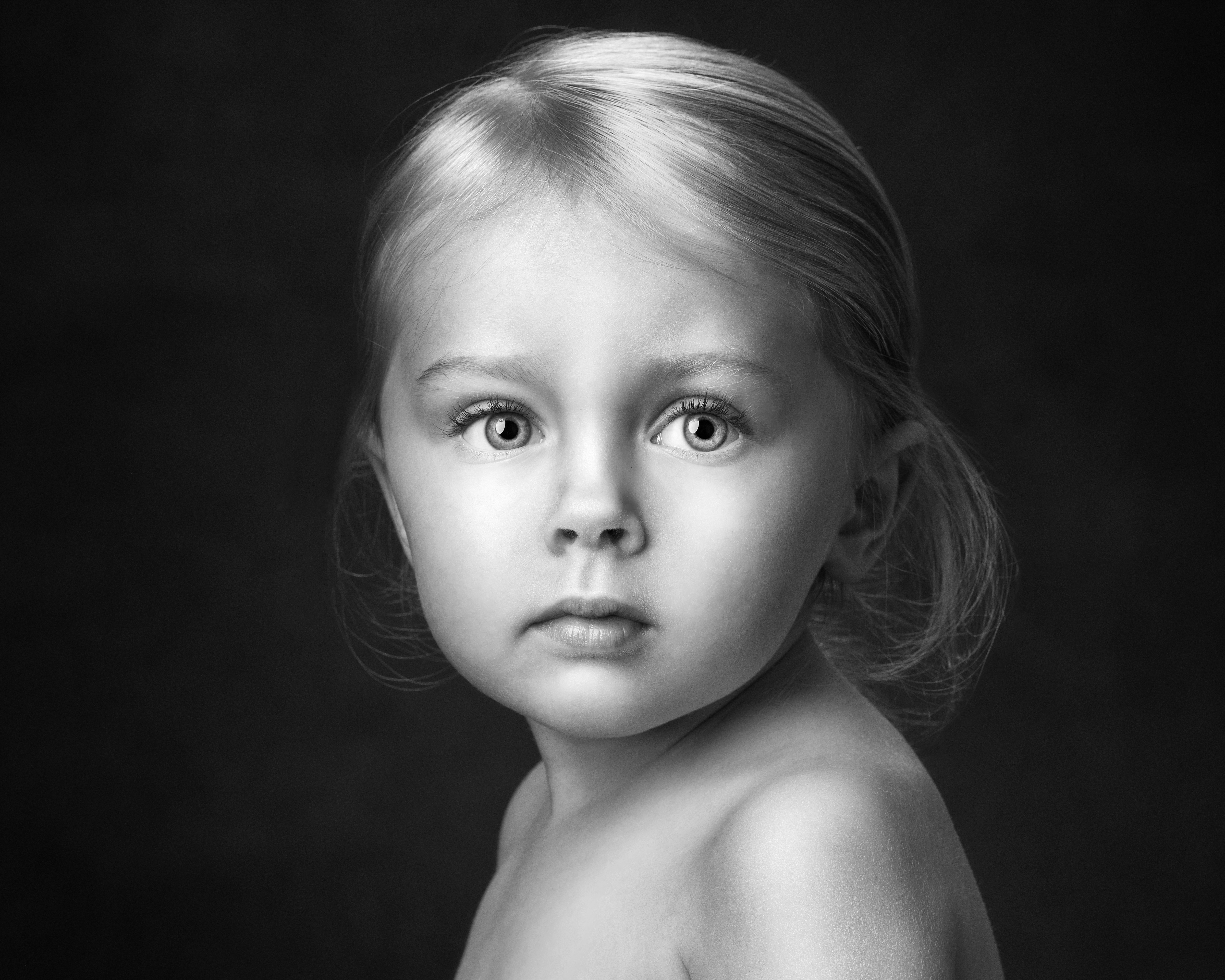
Therese is a photographer based in Avesta, Sweden with a passion for portrait photography. She has been awarded several prestigious photography prizes, such as 4th place in European Photographer of the Year Award 2020, 1st place in Swedish National Championship Baby Photographer of the Year 2019, 7th place in WPE International Photographers Award 2019, 3rd place in European Sport Photographer of the Year 2017. In addition to running the photo studio Ateljé Linslusen, Therese is a teacher at Nikon School and Moderskeppet online eduction.

1. Create connection and trust
The most important thing when shooting arranged portraits is that you have a good contact with the person you are going to photograph. Whether it's someone you know or someone you've just met, your most important task is to make them feel relaxed and comfortable. Therefore, it is important that you prepare well and are as familiar as possible with the gear and settings so that, when you start shooting, you can dedicate all your attention to the person in front of the camera.
Feel free to use an assistant or friend to take sample photos of the same set you are going to use for the actual session. This will allow you to make all the adjustments and set everything the way you want it before the person you are going to photograph gets there.

2. Keep the lighting in mind
Whether you're shooting outside or inside, lighting is incredibly important when it comes to portraiture. An easy way to get nicely lit portraits indoors is to use the light from a window that does not have direct sunlight on it. Just place yourself with your back to the window and the one you are going to photograph facing you. This will make the window light shine on the face of the person you’re shooting and you can easily adjust the lighting by asking them to move closer or further away from the window.
If you’re taking pictures outdoors, it is easiest to stay in the shade. If you still have to be in direct sunlight, be sure to have the sun in the back of the person you are taking pictures of. That light will then be a nice effect light on hair and clothing and you can lighten up their face with a flash. However, be sure not to make the light from the flash too sharp. This can make the subject look cut in to the picture. Instead, adjust your exposure based on the lighting from the background, and use the flash as a brightness equalizing light. Morning and evening sun are easier to work with than the bright sun in the middle of the day.

3. Different moods
Don't just chase the happy smile and big laugh. After all, people are both happy, sad, calm and thoughtful, and sometimes the most honest portraits are those who do not have a “picture perfect smile”. If you take a whole series on the same person, it is also nice to be able to capture as many sides of that person as possible.

4. Children playing
It's usually quite easy to photograph children and most of them find it fun to be photographed. If the child is someone who is shy or doesn’t want to participate, then look to find something that the child likes to do. When they start playing along, for example, reading, or playing with a ball, they will relax and forget that you are even there taking pictures . An additional advantage of letting the child do something that they like, is that through these pictures you can remember what they enjoyed doing when they were little.

5. Seize the opportunities presented to you
To get those pictures that have that little extra, you can try to pay attention to your surroundings and take advantage of, for example, the luxury that we have different seasons. With a little planning, you can seize those days when the whole world is an explosion of autumn colors or that first day after a heavy snowfall when forests and fields are covered in white powder snow and look like they're taken from a Disney movie.

6. Quick effects
An easy way to get movement into a picture is to add some wind. Take a reflective screen or a piece of cardboard and wave it until the desired effect is achieved. It's usually best if the wind is coming at angle from underneath. A reflective screen that’s about one by one meter is enough, so when folded it will easily fit in a bag.

7. Creative image angles
Lie on the floor, stand on a chair or a ladder. Try to be creative with the image angles to create less obvious scenarios. On the one hand, the pictures become more fun, and on the other hand they get a little more of that “wow” effect.

8. Keep it simple
Sometimes there’s no need to make things complex. Each image does not have to contain props or be taken from an innovative point of view. A meaningful look can be all that is necessary. No matter what equipment you have, you can always create great pictures if you don't lose the ability to see the beauty in the simple.